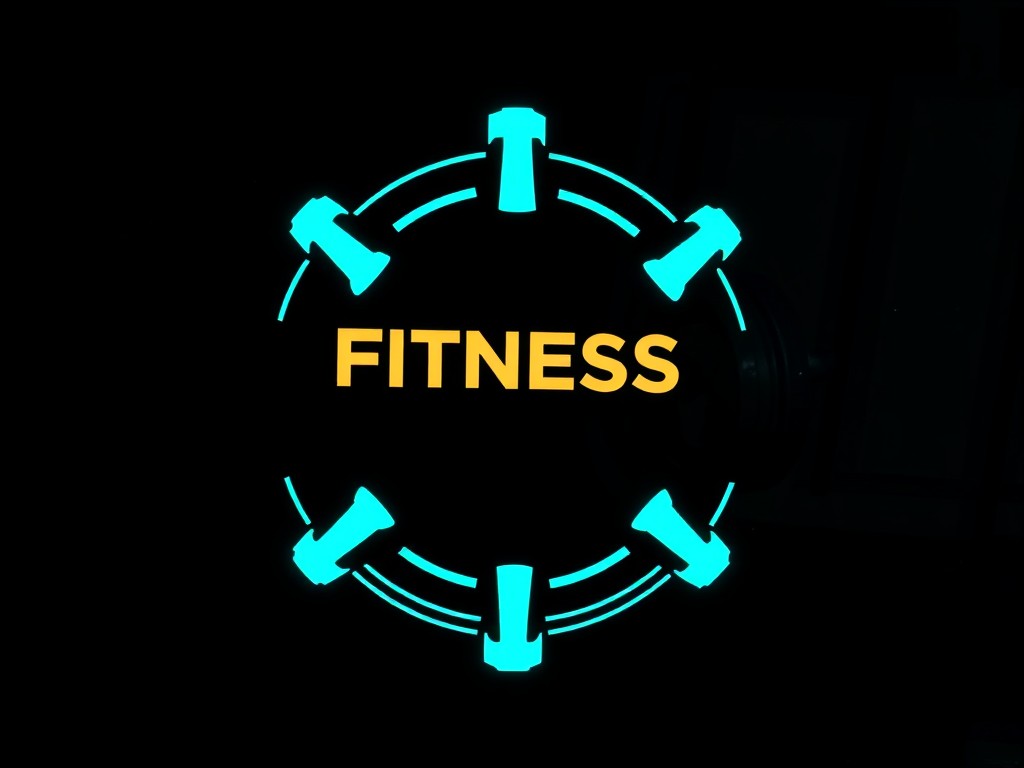Squash, a fast-paced racquet sport, requires agility, speed, and excellent footwork. Top-notch players excel not just by their prowess with the racquet but also by their movement around the court. This article delves into the most effective footwork drills for squash players looking to up their game.
These drills will help improve your lateral and forward-backward movement, ensure you’re always in the right position to hit the ball, and enhance your overall fitness levels. We’ll also discuss ghosting, a popular drill that opens a window into the importance of footwork in squash.
Have you seen this : How to structure a pre-game warm-up for a baseball pitcher?
The Importance of Footwork in Squash
Before we dive into the drills, let’s understand why footwork is so crucial in squash. Effective footwork lays the foundation for a solid game. Well-executed footwork not only boosts your speed and agility but also optimizes your energy expenditure during the match. A player who can move efficiently around the court can keep the game going longer, pressuring their opponent into making mistakes.
Footwork drills also improve your court awareness, which is the ability to know where you are in relation to the ball, your opponent, and the boundaries of the court. The better your footwork, the more control you will have over the game.
In the same genre : How to structure a pre-game warm-up for a baseball pitcher?
Ladder Drills for Speed and Agility
Ladder drills are a staple in squash training for their impact on speed and agility. They can increase your quickness in changing directions, which is a valuable skill on the squash court.
Set up an agility ladder on a flat surface and try out various patterns of stepping in and out of the squares. For instance, you can start with the ‘One-Foot Per Square’ drill, where you step in each square of the ladder with one foot, then the other, as swiftly as possible.
Once you get a hang of it, you can move on to the ‘Two-Foot Per Square’ drill, where you step in each square with both feet, one after the other. To increase the difficulty, you can also try the ‘Lateral Three-Step’ drill that involves moving sideways through the ladder, stepping in and out of each square with three steps.
Ghosting Drills for Court Movement
Ghosting is a drill unique to racquet sports like squash. It involves moving around the court as if you were playing a game, but without a ball or an opponent. The goal is to simulate the specific movements and footwork patterns used during a match.
Start by visualizing the various shots you’d play in a match. Then, move around the court as if you were actually playing those shots. This drill will help you understand how to position yourself for different shots and how to move efficiently from one shot to the next.
You can also do timed ghosting sessions, where you move around the court continuously for a set period, say 30 seconds, then rest for a while before starting again. This not only improves your footwork but also increases your fitness levels.
Ball Retrieval Drills for Positioning
Ball retrieval drills help you get into position quickly to hit the ball, no matter where it is on the court. These drills often involve a trainer or a partner who throws the ball to different areas of the court while you run to retrieve it and simulate a shot.
One effective drill is the ‘Four-Corner Drill’, where you start at the ‘T’ (the center of the court) and your partner throws the ball to one of the four corners of the court. You run, retrieve it, simulate a shot, and then return to the ‘T’. Repeat this for all four corners.
Remember, the goal is not just speed but also the efficiency of movement. So, always move in a way that allows you to return to the ‘T’ quickly after retrieving the ball.
On-Court Fitness Drills
Finally, no footwork training routine can be complete without incorporating some on-court fitness drills. These drills focus on improving your endurance, strength, and speed – all of which contribute to better footwork.
One popular drill is the ‘Suicide Drill’, where you run as fast as possible to various lines on the court, touch each line with your racquet, and run back to the starting line. This drill not only improves your speed but also your agility and quickness in changing directions.
Another drill is the ‘Burpee Drill’, where you perform a burpee at the ‘T’ and then run to one corner of the court, simulate a shot, run back to the ‘T’, perform another burpee, and repeat for all corners. This challenging drill significantly enhances your strength, agility, and endurance.
Remember, no matter which drill you’re performing, always maintain the right form and technique to prevent any injuries. Also, don’t forget to warm up properly before starting the drills and cool down after completing them.
Split Step Drills for Improved Reaction Times
The split step is a crucial movement skill for any squash player. It’s a small, quick hop taken just before your opponent hits the ball, positioning you to move in any direction swiftly. Split step drills can help enhance your reaction times and change direction more efficiently on the squash court.
Begin these drills by standing at the ‘T’. Ask a partner to randomly direct you to one of the four corners of the court. As they give the direction, execute a split step, then sprint to the indicated corner as quickly as possible. Then, simulate a shot and return to the ‘T’. This drill will help you get comfortable with the split step and improve your ability to quickly change directions based on your opponent’s shot.
Another variant of the split step drill involves a training session with a partner who will play random shots. As your partner prepares to strike the ball, perform a split step. Your goal is to predict the direction of the shot and move accordingly.
Remember, split step drills are about quality, not quantity. It’s essential to get the timing right, so focus on the precision and technique rather than the number of reps. Also, always keep your knees slightly bent and your body weight forward during the split step to allow for swift movement.
Strength Training for Squash Players
Strength training is a fundamental part of any squash training regimen. It not only improves your shot power but also enhances your stamina and reduces the risk of injury. By incorporating strength training drills, squash players can experience an overall improvement in their game.
There are various strength exercises you can do, but it’s important to focus on movements that are squash-specific. For instance, lunges and squats can enhance your lower body strength, which is crucial for fast and efficient movement around the squash court.
For upper body strength, focus on exercises like push-ups and pull-ups. These will improve your racquet handling and shot power. Core exercises like planks and Russian twists will provide stability and control during your shots and movements around the court.
Incorporate these exercises into your regular training sessions to see improvements in your game. Remember, strength training is not just about lifting heavy weights. It’s about improving your functional fitness and movement skills for a better squash game. Always ensure that you maintain proper form and technique during these exercises to avoid injuries.
Conclusion: Mastering Footwork Drills for a Competitive Edge
The window opens to success in squash through effective footwork drills. These drills lay the groundwork for improving a squash player’s speed, agility, and court awareness. Incorporating ladder drills, ghosting drills, ball retrieval drills, split step drills, and strength training into your routine can significantly enhance your squash game.
Remember, consistency is key. Regular training sessions focusing on these drills can help in improving your movement skills, reaction times, and stamina on the squash court. Commit to them, and you’ll soon see a marked improvement in your game.
Finally, always ensure you’re using the right form and technique during the drills and strength training exercises. And of course, using a quality squash racquet, like the squash Dunlop range, can also aid in elevating your performance on the court.
In conclusion, effective footwork can give you a competitive edge in this fast-paced sport. So step up your training, embrace these drills, and see yourself transform into a more agile, swift, and strong squash player.











